ANES Timeline
1948: The Very Beginning
January 23, 1960
Under the direction of Angus Campbell and Robert Kahn the Survey Research Center (SRC) at the University of Michigan carried out what it viewed as a pilot study of the national electorate. 1948 provided the trial for the method.
Kish Grid
January 24, 1960
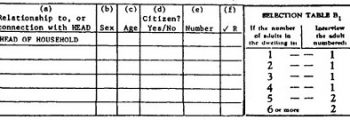
ANES was the first to employ the Kish grid. Beginning 1948, table selections A, B1, B2, C, D, E1, E2, F were printed on one batch of otherwise identical “coversheets.” Coversheets were randomly assigned to interviewers from the batches. The Kish grid was used through 2000.
ANES Visual Aids
January 25, 1960
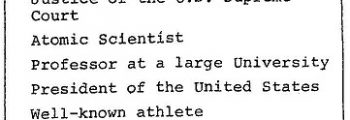
Visual aids for respondents began in 1952 with different color cards for lists, scales, or thermometers created by typewriters and hand-drawn lines. Eventually, in the 1990s, output via PC software was a great leap, though now dwarfed by that of today’s programmed media.
The 1952 study and Warren Miller’s dissertation
February 23, 1960

In 1951 Warren Miller is hired as the assistant director of the Survey Research Center. His dissertation is a proposal for a project that soon becomes adopted almost in entirety in the 1952 National Election Study and then in long-term planning for further studies that would become known as ‘the Michigan Election Studies‘.
1958: The Introduction of Computers
February 23, 1960

Prior to 1958, computers were available for data reading, processing, and for basic tabulation. Beginning in 1958, analysis was also possible, using newer computers together with specially written (and lengthy) programs read from decks of punched cards. Computers are first used to analyze the data. Prior to 1958, researchers analyzed data using statistical formulas by hand. << Back to ANES home
1960: The American Voter
February 23, 1960

The American Voter is published. Using data from the first three studies it becomes a seminal study of voting behavior in the United States.
1964: The Feeling Thermometer
March 22, 1960
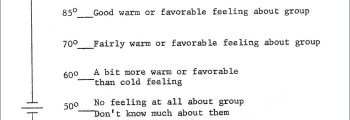
The Feeling Thermometer measure is first introduced. It has been used by ANES and research studies around the world ever since.
1964: Respondent Oversamples
February 23, 1964
The first oversample of Black respondents is included. The first Latino oversample was included in 2008.
1978: The Michigan Election Studies becomes NES
February 23, 1978

The National Science Foundation funding constituted a mandate to transform the Michigan Election Studies into a truly national resource, with members of the research community who use these data actively participating in their further development. A wide and diverse set of social scientists have participated in every facet of ANES activities, from definition of the time series data to innovations in study content, design, and instrumentation.
1979: American National Election Studies Data Sourcebook
February 23, 1979
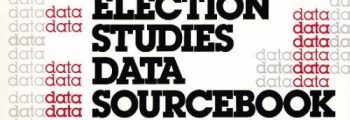
Harvard publishes the American National Election Studies Data Sourcebook 1952-1978. Providing tabular percentages across years for measures repeated comparably over multiple Time Series studies since 1952 it is the predecessor to the online ANES Guide to Public Opinion and Electoral Behavior. This publication effort also produces the forebear of the eventual Time Series Cumulative Data File the most downloaded dataset in the ANES archive.
1980: Telephone Interviewing
February 23, 1980
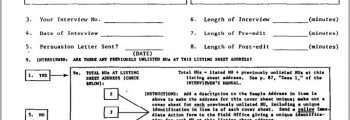
The first full telephone interviews conducted by NES were administered by interviewers who recorded responses on paper questionnaires.
1982: CATI Interviewing
February 23, 1982
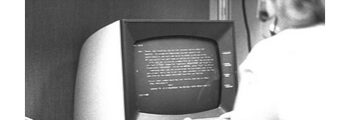
The first CATI interviews. A design for comparison of telephone versus face-to-face interviewing modes was implemented in the 1982 Methods Comparison Study.
1992: Spanish Questionnaires
February 23, 1992
Pre-election and Post-election questionnaires were produced in both English and Spanish versions for the first time. Spanish questionnaires were used again in 1994. In 2008 and 2012 Spanish-language instrumentation was programmed together with the English-language instruments.
1996: Comparative Study of Electoral Systems (CSES)
February 23, 1996

The 1996 Election Study was the first to incorporate question content from the cross-national Comparative Study of Electoral Systems (CSES). ANES has since participated in all modules of the CSES which has grown to a project in over 54 countries around the world.
2001: Florida Ballot Project
February 23, 2001

NES provides archival and dissemination services for the Florida Ballot Project an effort to catalog the contents of 175010 Florida ballots that did not register a vote for president of the United States in November 2000.
2005: Collaboration
February 23, 2005

The National Election Studies becomes the current American National Election Studies and begins a collaborative effort between the Institute for Social Research at the University of Michigan and the Institute for Research in the Social Sciences at Stanford University.
2006: Online Commons
February 23, 2006
The Online Commons was inaugurated to encourage submissions from the research community that provide new ideas and improves the quality and scientific value of our studies.
2014: Going Forward
February 23, 2014

Funding is sought for the 2016 Time Series Study under the direction of Principal Investigators Vincent Hutching and Ted Brader at the University of Michigan and Simon Jackman and Gary Segura at Stanford University.
